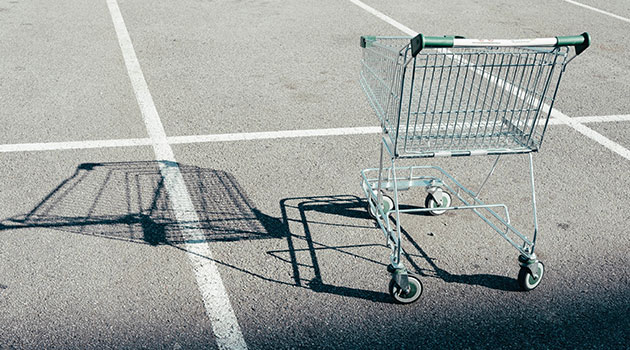Every year, shop operators lose large amounts of their potential sales due to shopping cart abandonment. But why do customers fill their shopping carts only to leave them shortly before buying?
Customers’ expectations regarding the shopping experience are constantly rising. They want fast loading times, simple website navigation and the option of shopping online without a customer account. The demand for different currencies and payment methods, such as PayPal, is also increasing. These wishes are easy to recognize and can usually be implemented quickly. The situation becomes more difficult if shopping cart abandonment nevertheless occur more often.
From surfing to the buying process to after leaving the site: The customer journey offers many starting points to improve the buying experience and thereby avoid shopping cart abandonment.
1. Provide assistance during the buying process: Always keep an eye on the shopping cart
In order to make shopping as easy as possible for your potential customers from the very beginning, a floating shopping cart (button) can be placed on the page. This button is always in sight when scrolling through the page and the user is provided with a quick and easy access to and therefore a constant overview of his products in the shopping cart.
Especially before Christmas, shopping cart abandonments are more frequent if users only discover shortly before paying that the desired gift will no longer arrive on time. This is where the so-called cut-off communication comes in: The user is already shown an indication of the delivery date and the latest order date in the product overview.
2. Optimization in the shopping cart: Information about the purchase and further measures
There are also various means in the shopping cart to further optimize the purchase and thus motivate the user not to cancel the order. One option would be to display relevant information about the purchase. With the help of layers or inpage elements, information on exchanging products, (free) delivery, ratings and seals of quality can be displayed in the shopping cart to increase the user’s confidence in the shop. In case of problems, a chatbot provides help or the customer support number is prominently highlighted.
In addition, the user can be shown the previous price of reduced products. This means that the old product price is crossed out (in color) and displayed next to or above the new, reduced price – this way the user can see how much he will save.
Buttons such as “Checkout” and “Continue shopping” can also be highlighted. This simplifies and accelerates the customer’s purchasing process and they reach the page of their choice without having to search for a long time.
3. The shopping cart is abandonend: The user wants to leave the page
If despite all optimization efforts, the user makes an effort to leave the page (i.e. moves his mouse towards the close button or the search bar), an exit-intent layer can be displayed to keep him on the page after all. Here, for example, you can specifically ask whether he really wants to leave the page despite having a full shopping cart. In addition, product recommendations can also be displayed or a special reference to lower shipping costs or a discount can be made. The indication of cheaper shipping costs can also be combined with a progress bar. If, for example, there are still 10 euro missing for free shipping, suitable product recommendations can be displayed. Perhaps this prevents the user from leaving the shopping cart.
4. The user leaves the site: Optimization after the shopping cart abandonment
But what to do when the worst-case scenario occurs? The user could not be stopped and left the site despite having a full shopping cart. That’s a pity, but no reason to immediately give up on the potential customer. Especially since in most cases, the reason for the termination is unclear. The user can therefore simply want to complete his purchase on another device, not be completely sure about his decision or have only used the shopping basket as a shopping list. It is therefore advisable to send the user an email reminder after a certain period of time. However, it is not always necessary to approach the user by email. With the next re-entry to the page, the user can be reminded of the previously “forgotten” shopping cart. This simplifies the purchase despite the user’s shop-hopping.
Conclusion
Shopping cart cancellations can have various reasons. There are innumerable ways to prevent abandonment from happening in the first place. If it happens nevertheless, shop operators shouldn’t give up – there are plenty of possibilities to win back the user. Many measures, like for example the simplification of the checkout, can be improved by the shop operator himself. In the case of other actions, it is beneficial to get external help. We are happy to help with the implementation!
